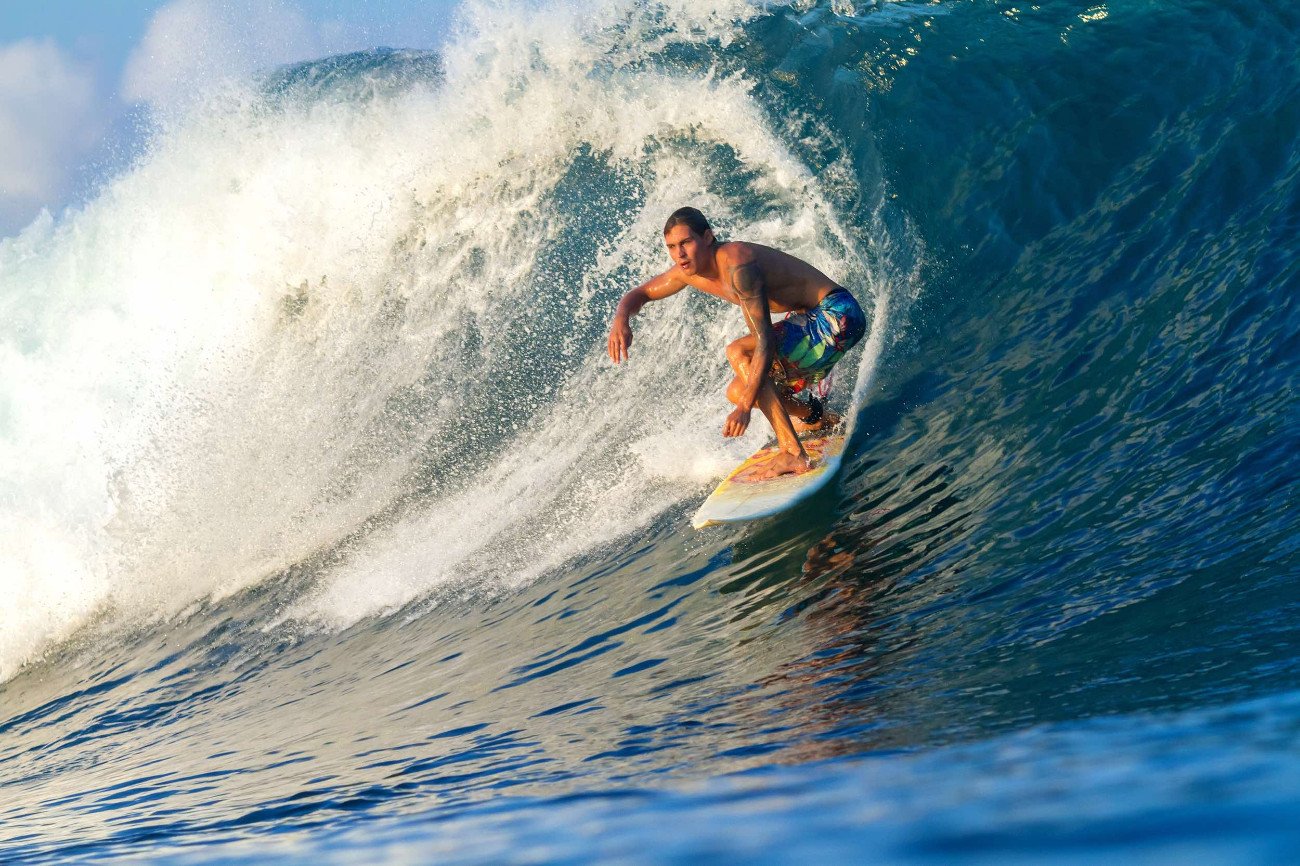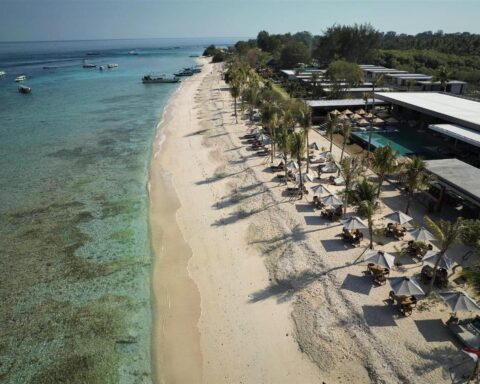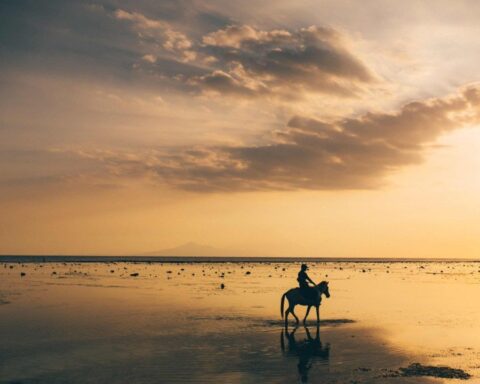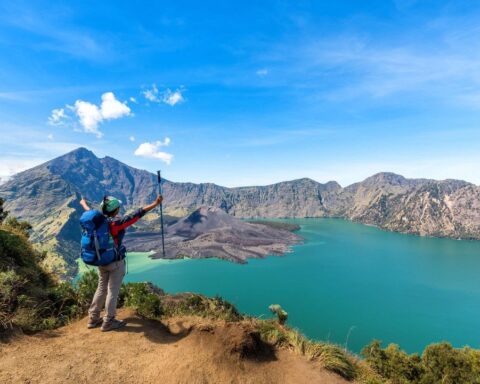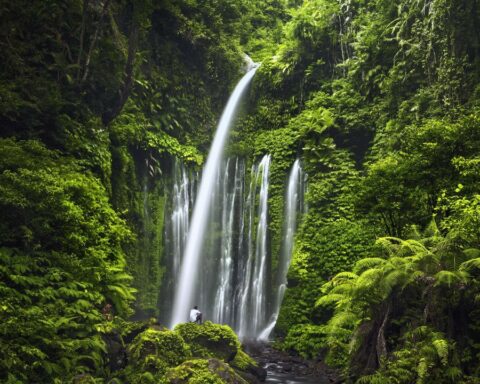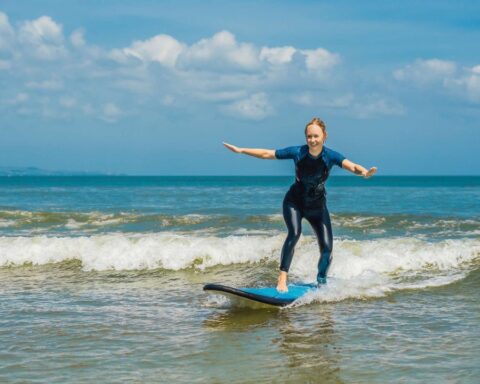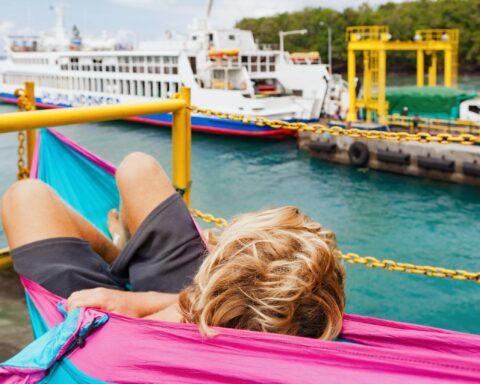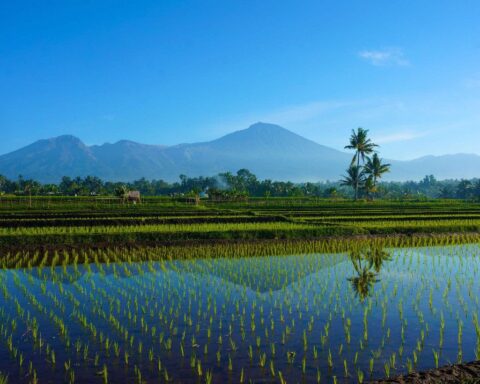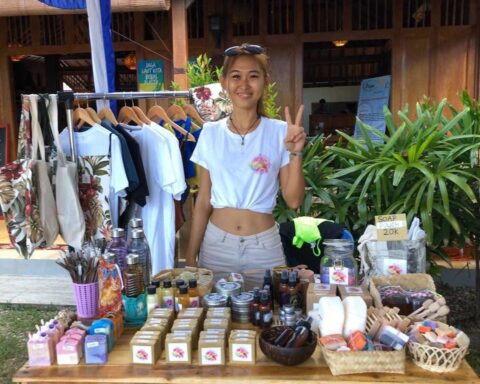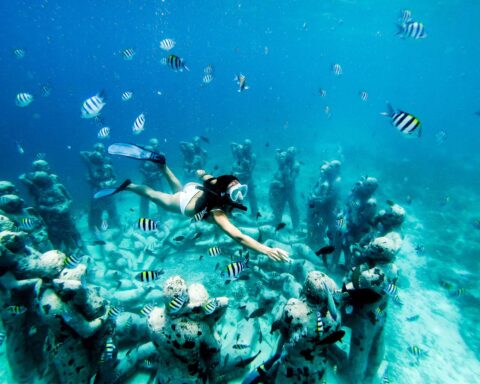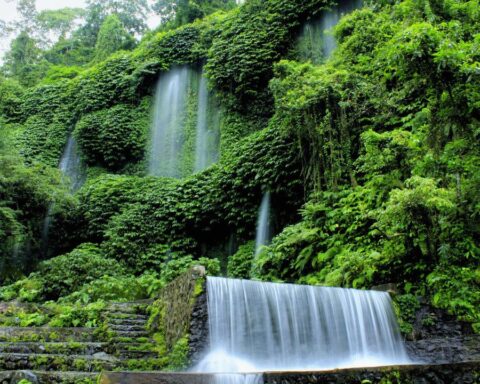Welcome to Gili Meno, the smallest and most tranquil of the three Gili Islands. This tiny paradise is a haven for those
Read More »Discover Lombok on horseback and get in touch with the island’s nature and the lush, rugged surroundings. Starting in Kuta Lombok, at
Read More »Lombok brings a choice of adventures all at your fingertips. If you are struggling to decide where to stay with only a
Read More »Often overshadowed by Bali, Lombok brings its natural wonders, untouched scenery and unparalleled waves for travellers to experience. Beyond the popular tourist
Read More »Lombok is the perfect place for learner surfers to build confidence and become comfortable in the water. Whether it’s your first time
Read More »In contrast to Bali’s bustling energy, Lombok is a quiet and untouched haven. After you have spent some time exploring Bali, a
Read More »Lombok’s tropical landscape will leave you craving to explore the outdoors and experience some of Indonesia’s most rugged and scenic natural terrains.
Read More »Kampung Market is held monthly at Kampung Cafe in Selong Belanak. These charming markets feature local produce such as eco-crafts, recycled goods,
Read More »The Gili Island‘s underwater statues have become somewhat of an icon in Indonesia. Nest, which was designed by Jason deCaires Taylor is
Read More »In central Lombok, take a journey to the stunning Benang Stokel Waterfalls, greeting you with five different waterfalls to discover. Whether you
Read More »
